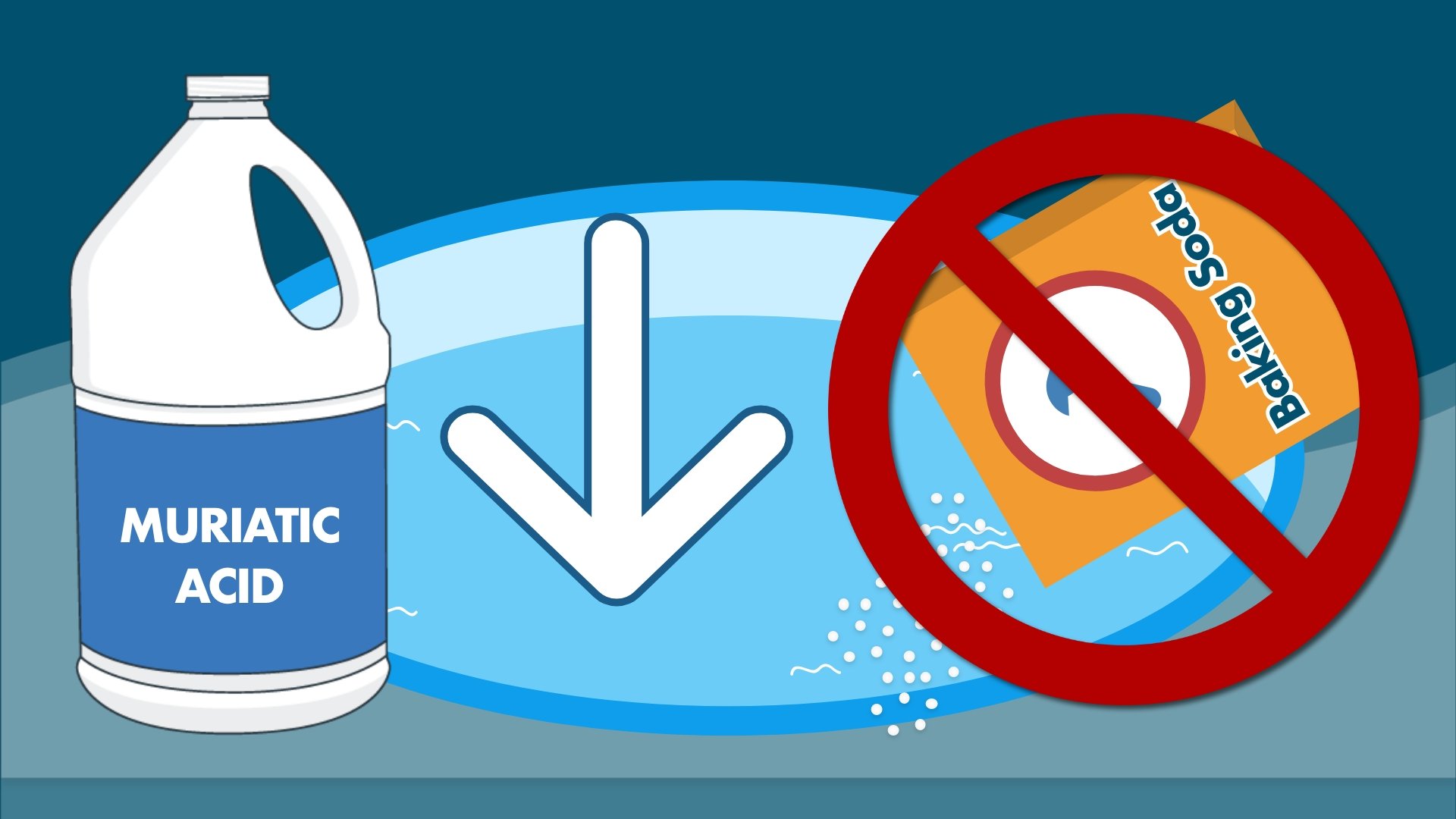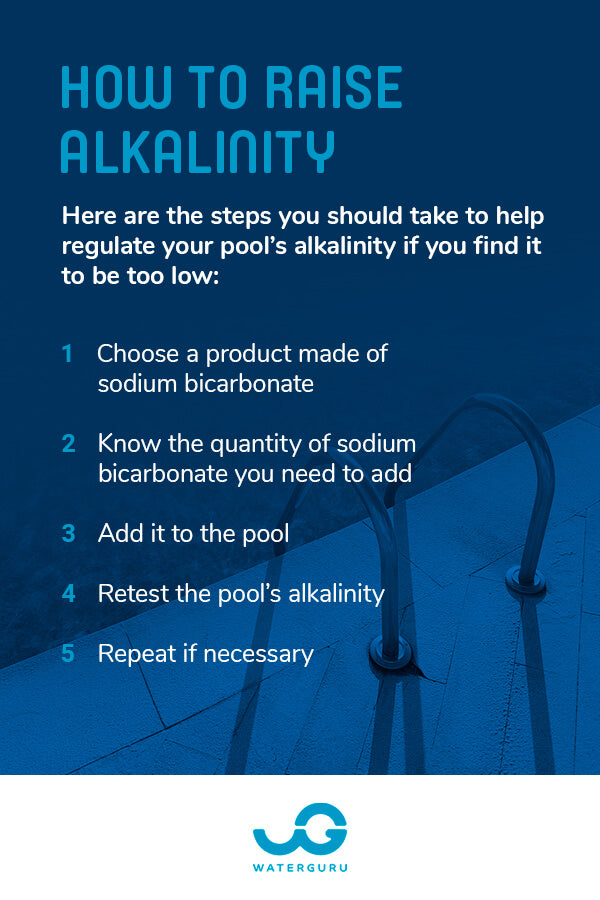Welcome to our guide on how to bring up pool alkalinity! Maintaining the proper alkalinity level in your pool is essential for keeping the water balanced and ensuring a safe and enjoyable swimming experience. In this article, we will walk you through everything you need to know about pool alkalinity, why it is important, and the steps you can take to increase it effectively.
Understanding Pool Alkalinity
Pool alkalinity refers to the ability of the water to resist changes in pH levels. The ideal range for pool alkalinity is between 80-120 parts per million (ppm). When the alkalinity level is too low, the pH of the water can fluctuate rapidly, leading to issues such as corrosion, scale formation, and skin irritation. On the other hand, high alkalinity can cause cloudy water and make it difficult to adjust the pH levels.
Importance of Maintaining Proper Alkalinity
Proper pool alkalinity is crucial for several reasons. Firstly, it helps to stabilize the pH levels, preventing rapid fluctuations that can damage pool equipment and irritate swimmers’ skin and eyes. Additionally, balanced alkalinity promotes the effectiveness of chlorine, ensuring that it can effectively sanitize the water and keep it free from harmful bacteria and algae.

Credit: www.swimuniversity.com
Signs of Low Alkalinity
- Corrosion of pool equipment
- Etching of pool surfaces
- Cloudy or green water
- Skin and eye irritation
Methods to Increase Pool Alkalinity
Now that we understand the importance of pool alkalinity, let’s explore some effective methods to increase it:
1. Use Baking Soda
Baking soda, also known as sodium bicarbonate, is a safe and natural way to raise pool alkalinity. Simply add the baking soda directly to the pool water while the pump is running, and allow it to circulate for a few hours before retesting the alkalinity levels.
2. Add Alkalinity Increaser
Alkalinity increaser is a chemical product specifically designed to raise the alkalinity levels in pool water. Follow the manufacturer’s instructions carefully when using an alkalinity increaser to ensure safe and effective results.
3. Aerate The Water
Aerating the pool water can help to increase alkalinity levels by raising the pH. You can achieve this by running a fountain or waterfall feature or using an air compressor to introduce oxygen into the water.
4. Monitor And Test Regularly
It is essential to regularly test the alkalinity levels of your pool water using a reliable test kit. Aim to test the water at least once a week and adjust the alkalinity levels as needed to maintain a balanced and healthy swimming environment.

Credit: www.youtube.com
Preventing Alkalinity Imbalance
While knowing how to increase pool alkalinity is essential, it is equally important to take steps to prevent alkalinity imbalance in the first place. Here are some tips to help you maintain balanced alkalinity levels:
- Keep a consistent maintenance schedule for your pool, including regular cleaning and chemical treatments.
- Check and adjust the alkalinity levels whenever you notice any signs of imbalance.
- Monitor other water chemistry parameters, such as pH and chlorine levels, to ensure overall water balance.
- Avoid adding unnecessary chemicals to the pool, as this can disrupt the water chemistry and lead to imbalanced alkalinity.
- Seek professional advice if you are unsure about how to maintain proper pool alkalinity levels.
In Conclusion
Proper pool alkalinity is a key factor in maintaining a clean, safe, and enjoyable swimming environment. By understanding the importance of alkalinity, recognizing the signs of imbalance, and implementing the right strategies to increase alkalinity levels, you can ensure that your pool water remains healthy and balanced for all to enjoy. Remember to test and monitor your pool water regularly and seek professional help if needed to keep your pool in top condition!




